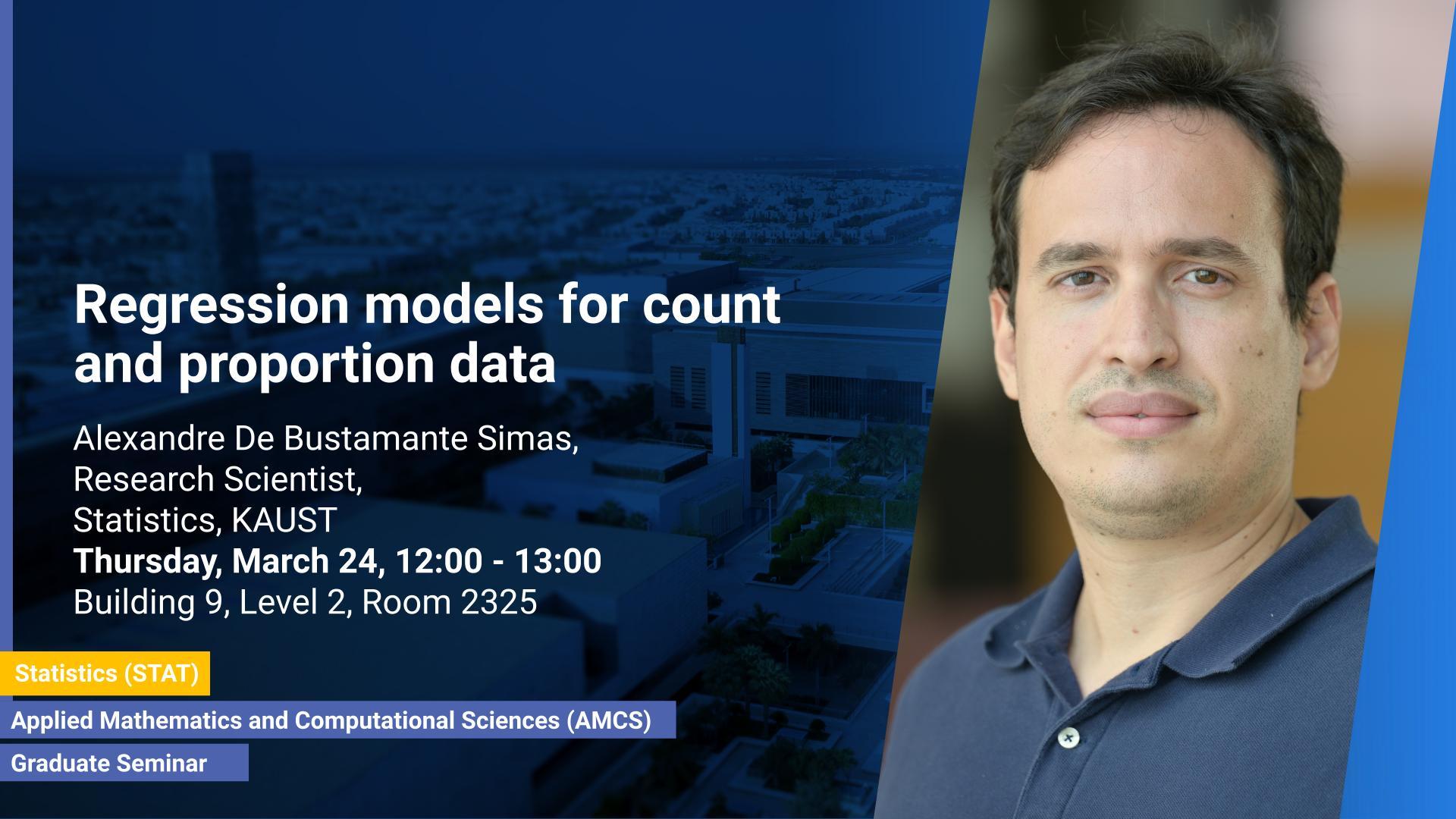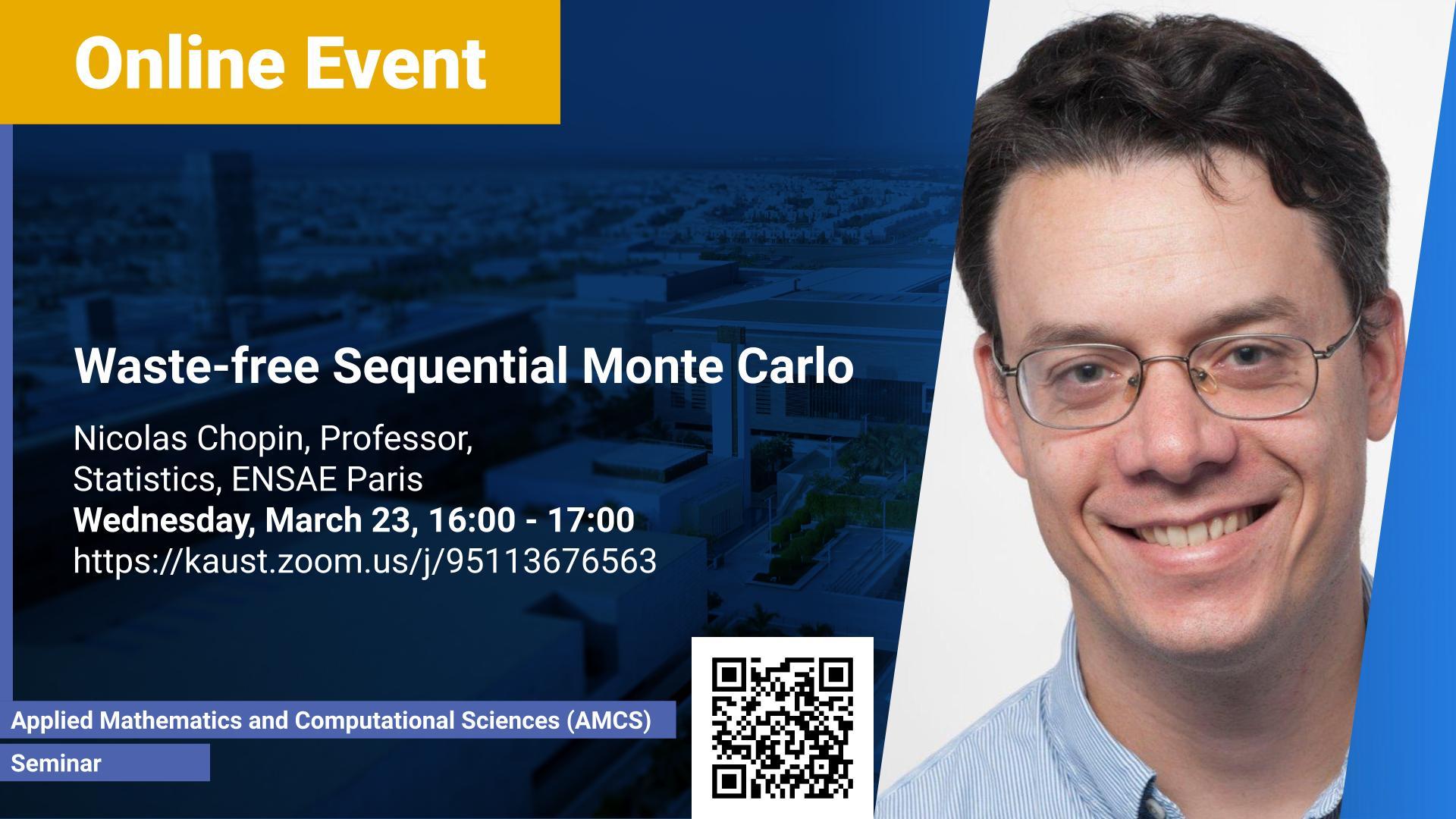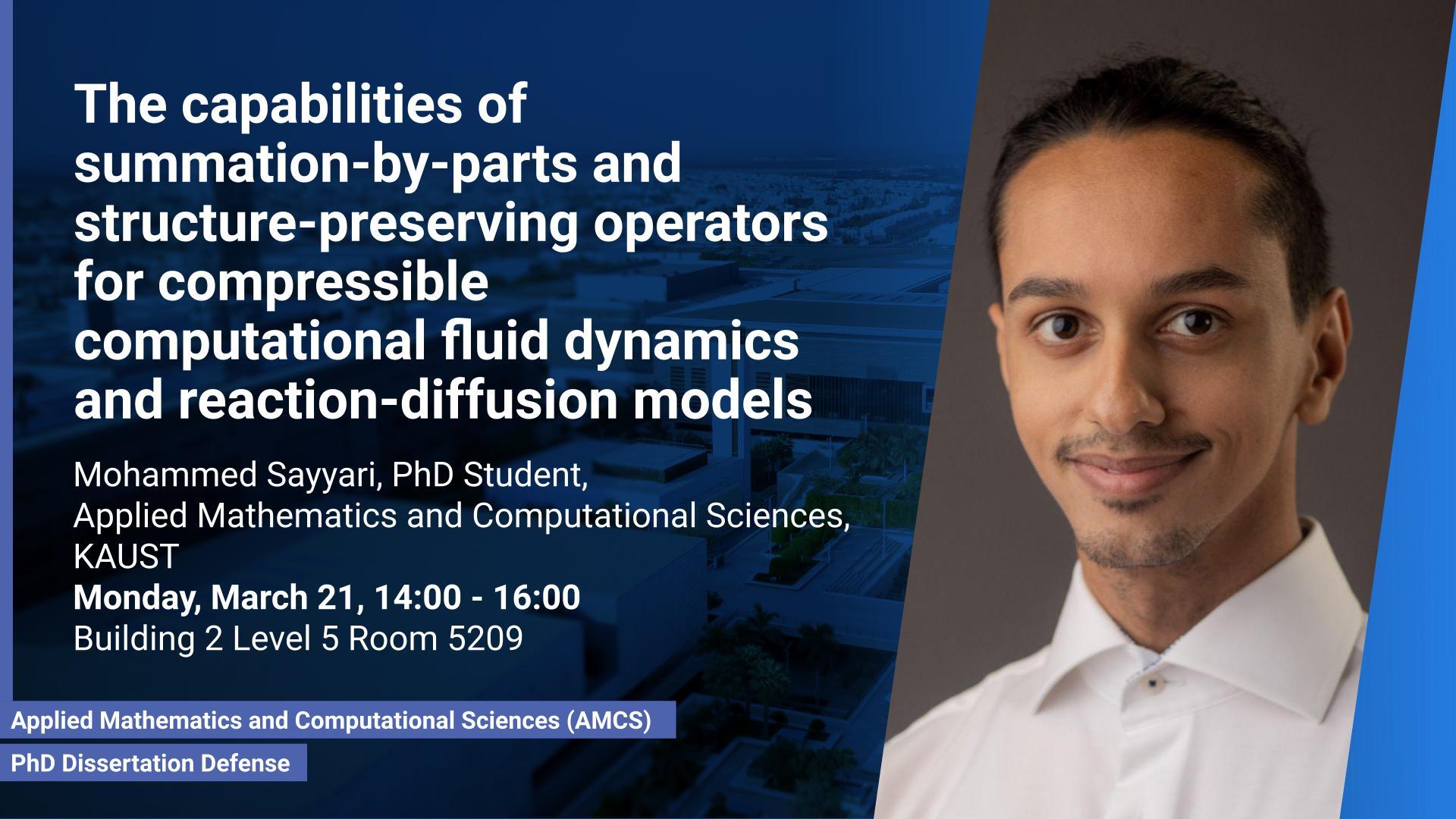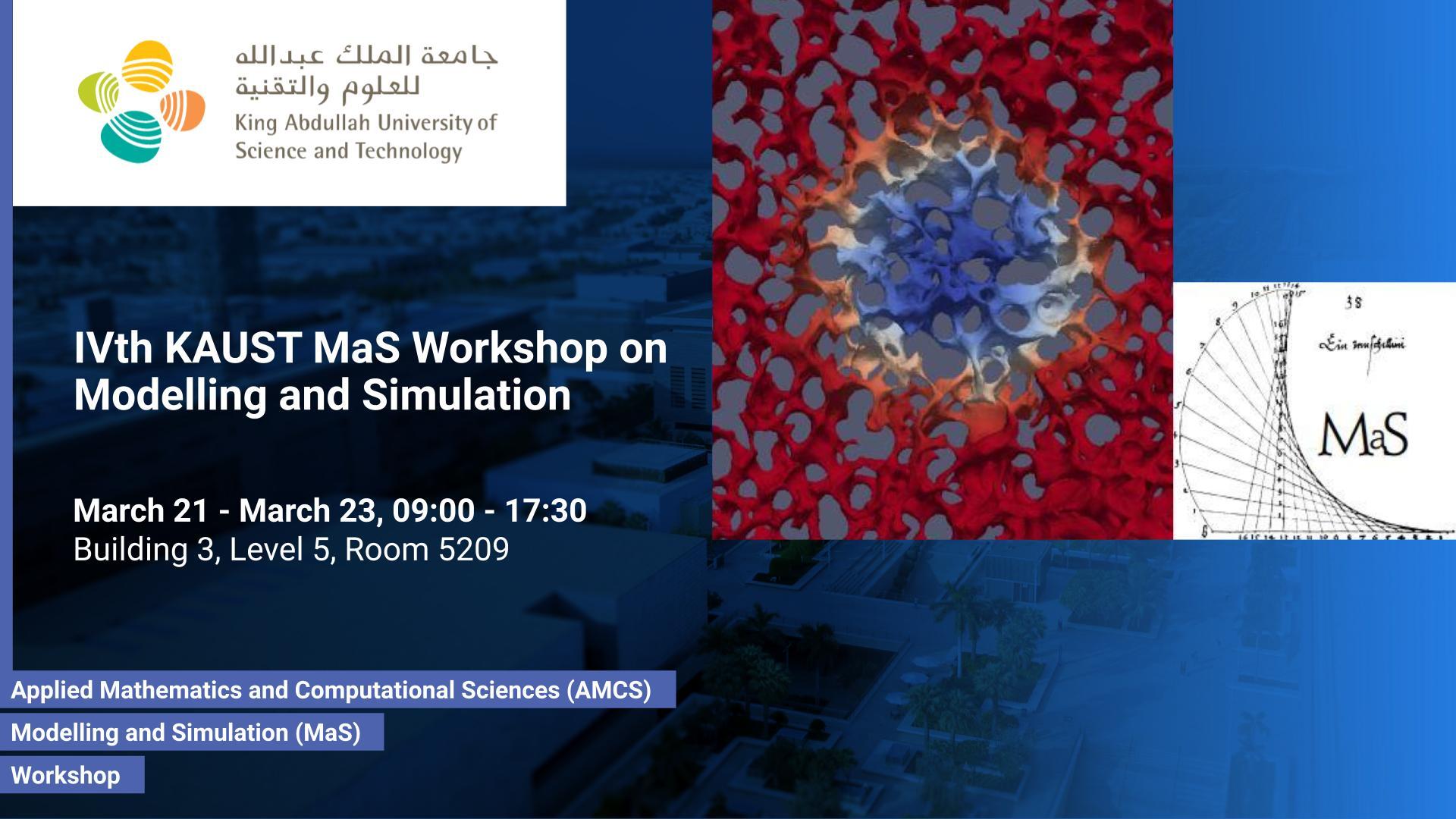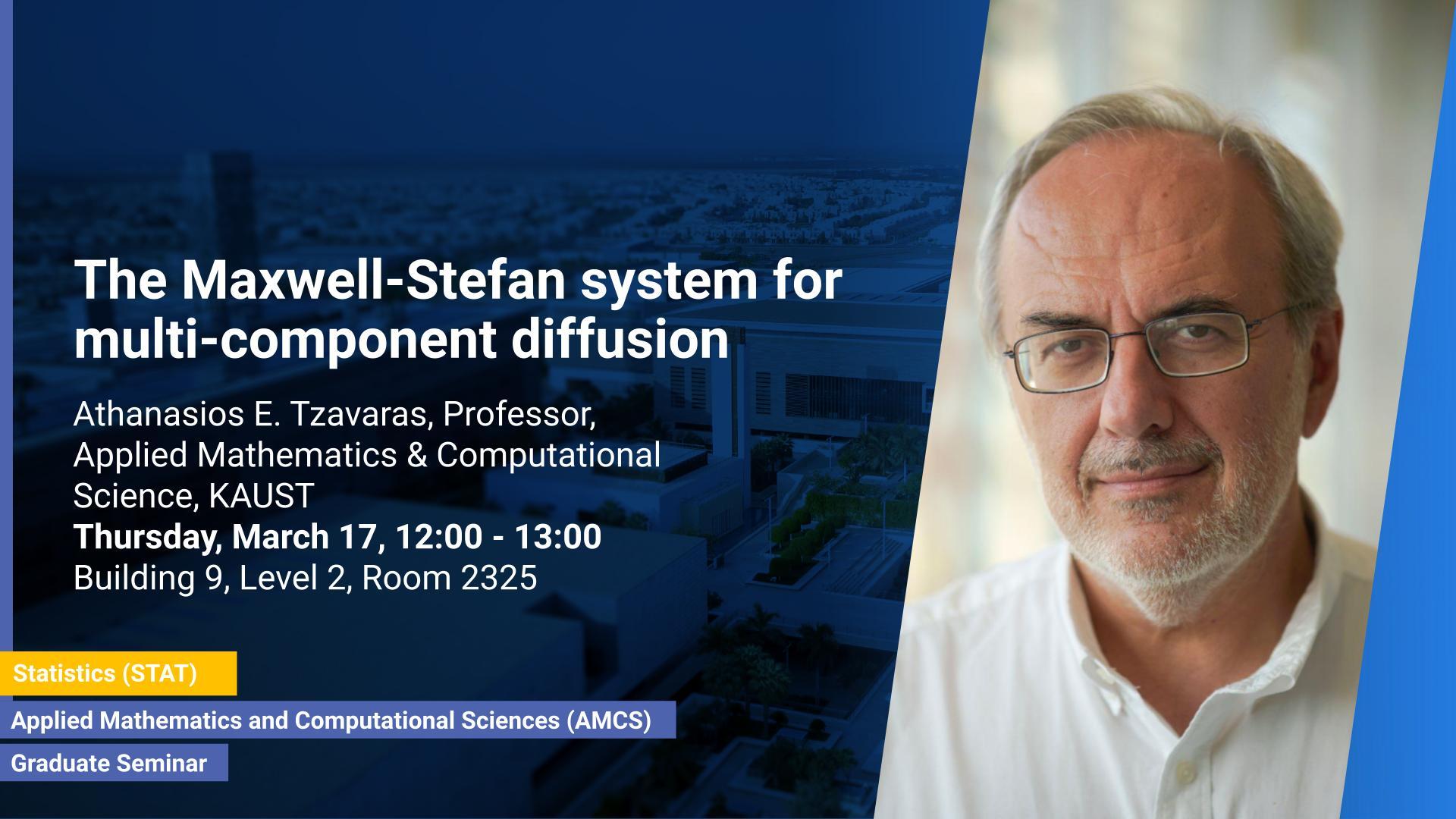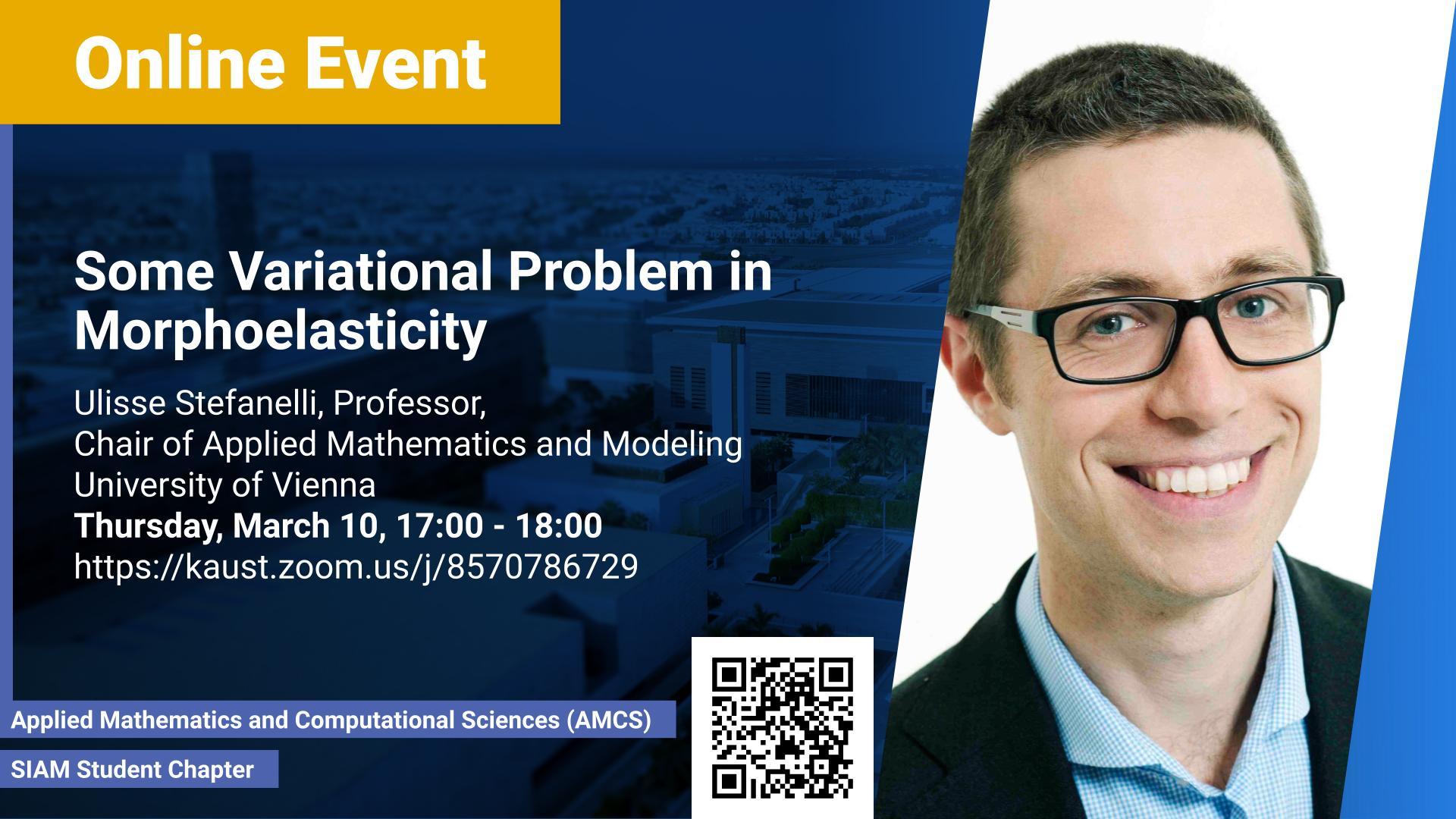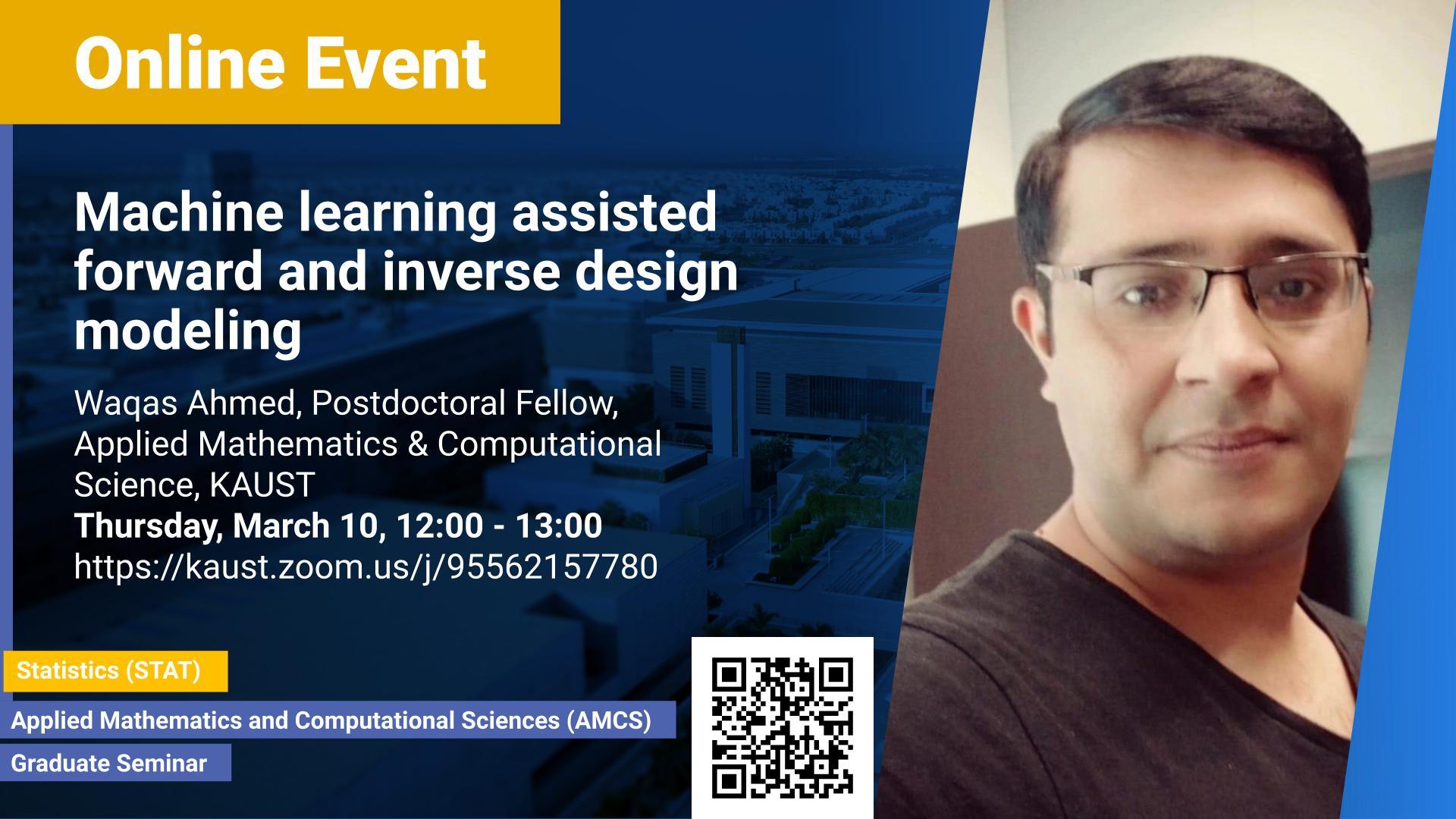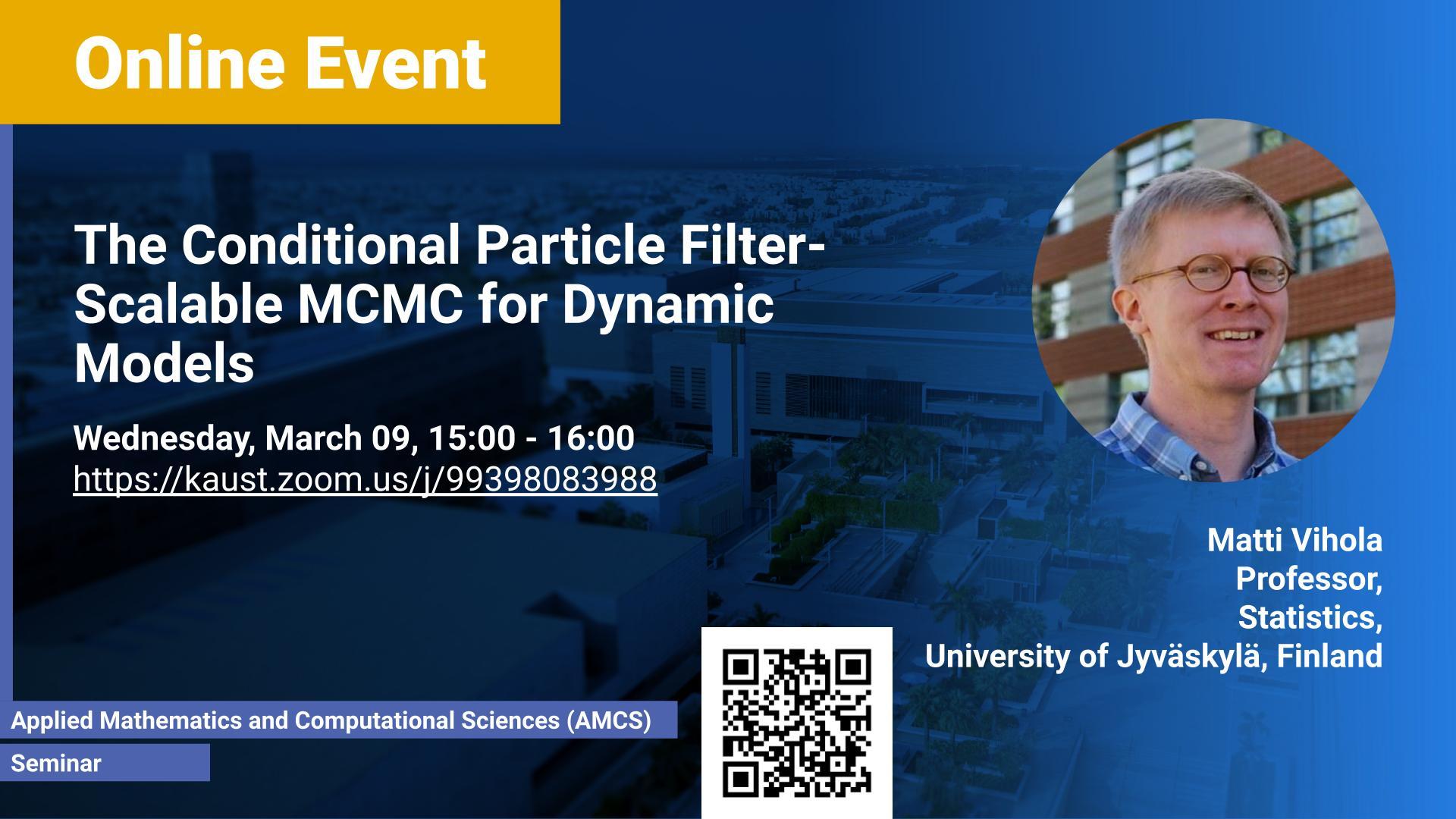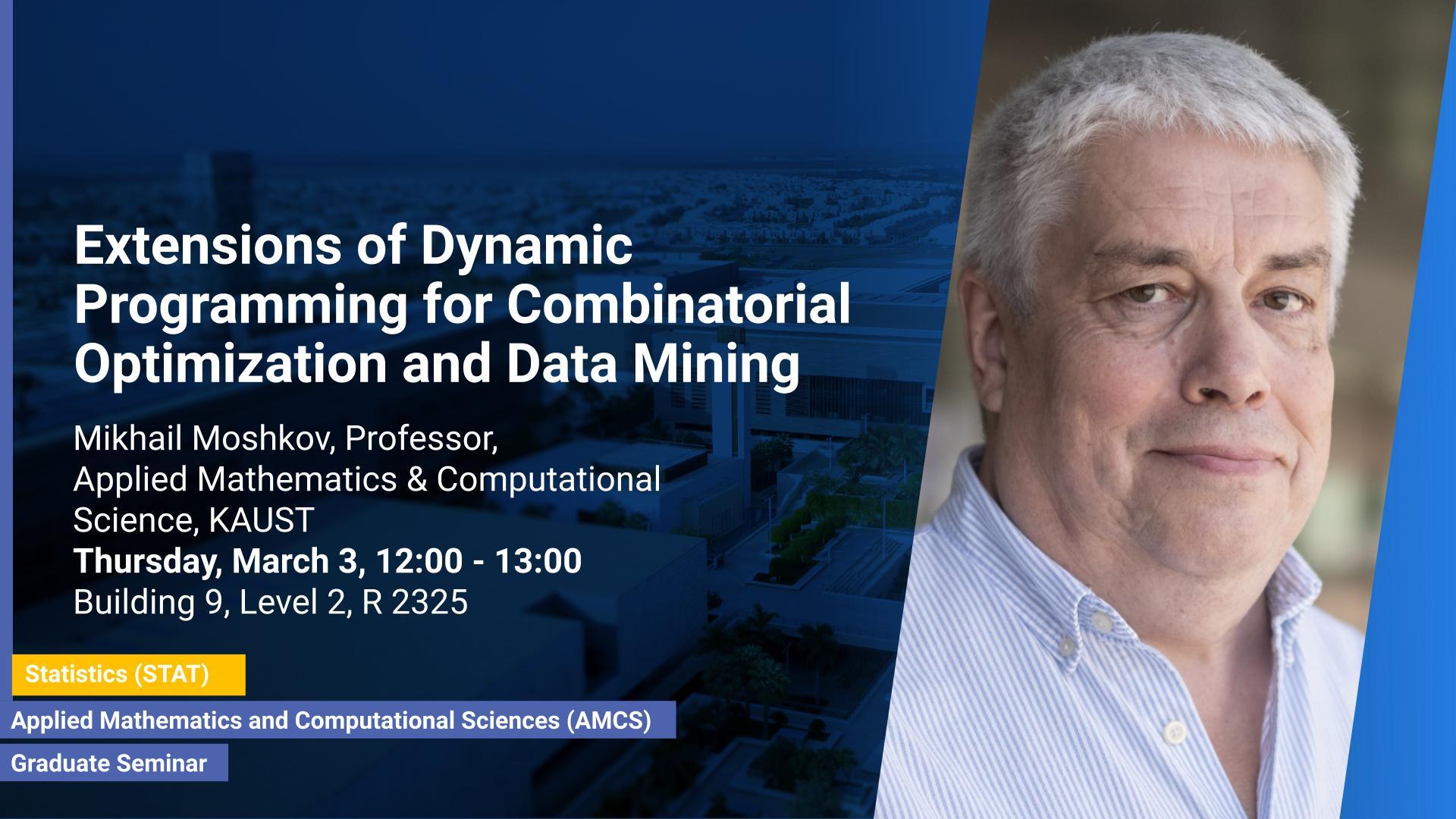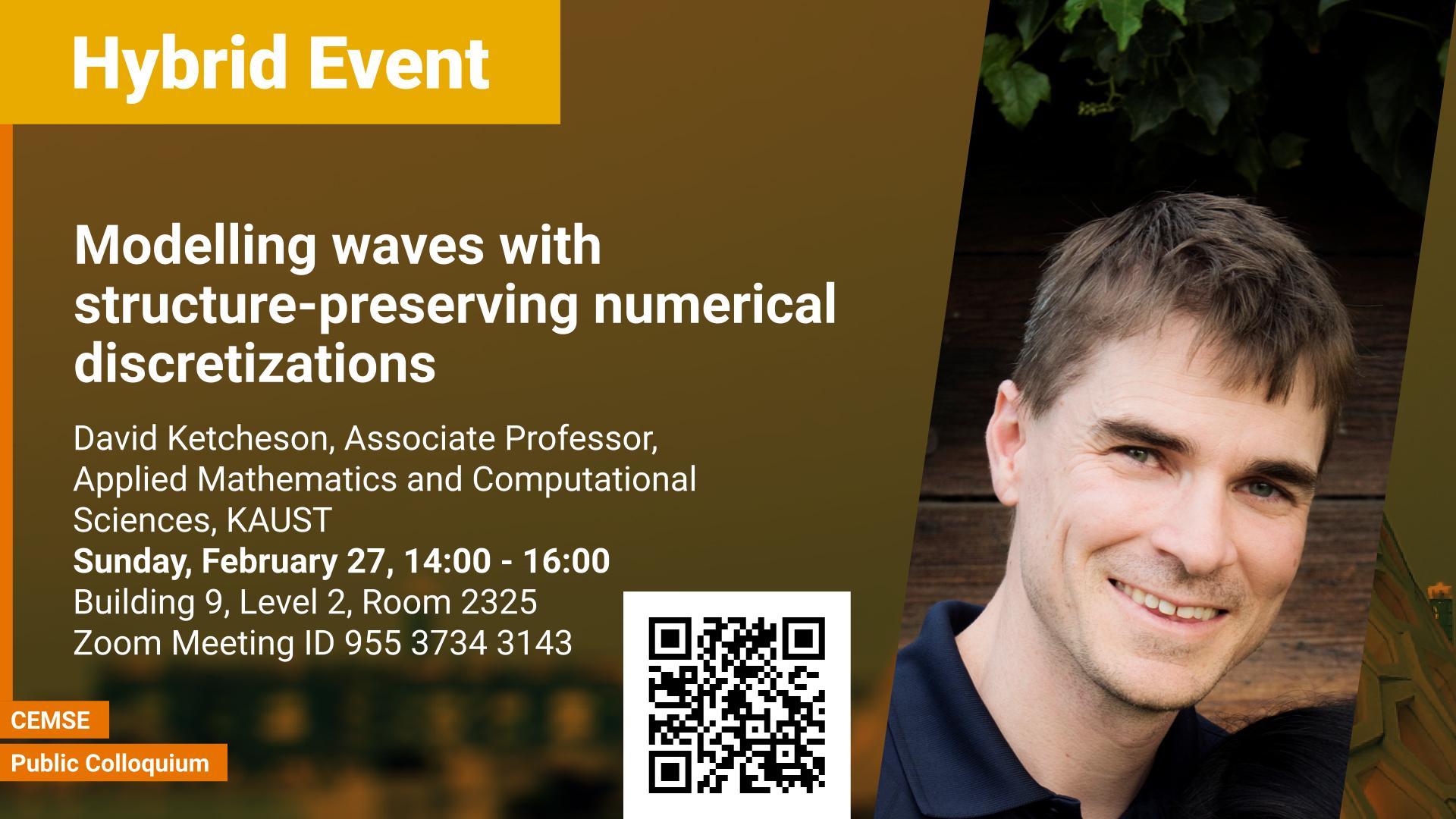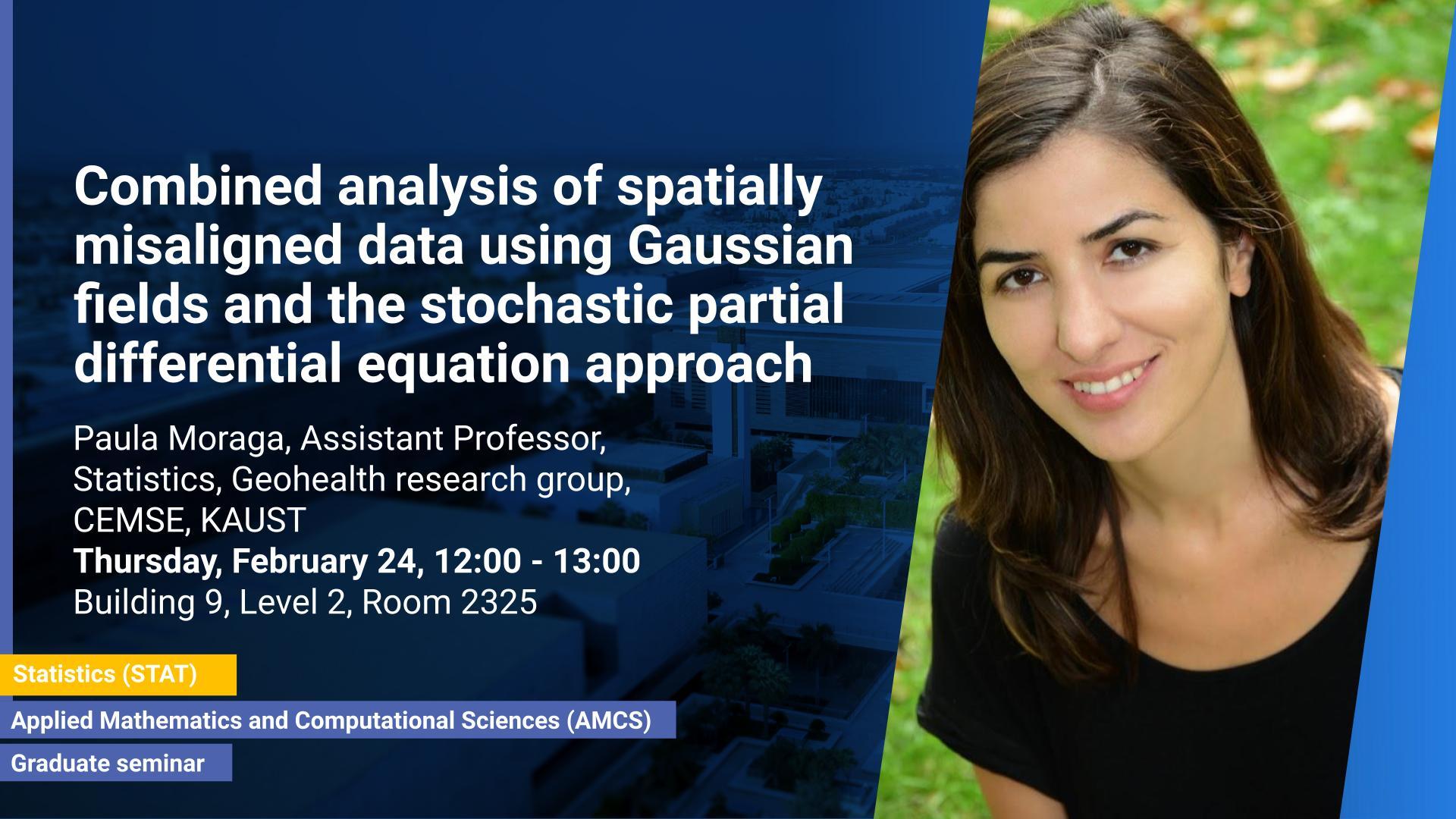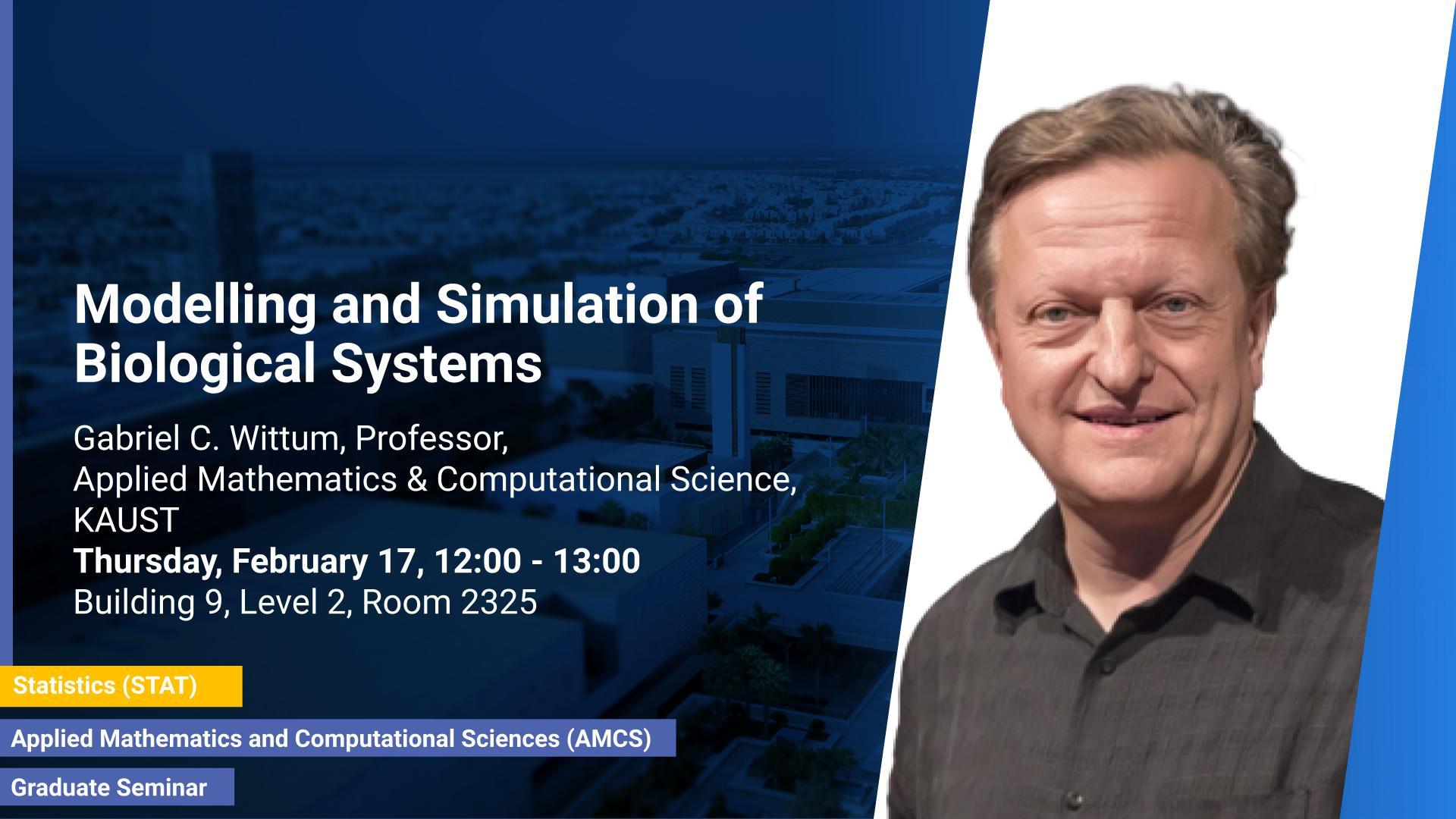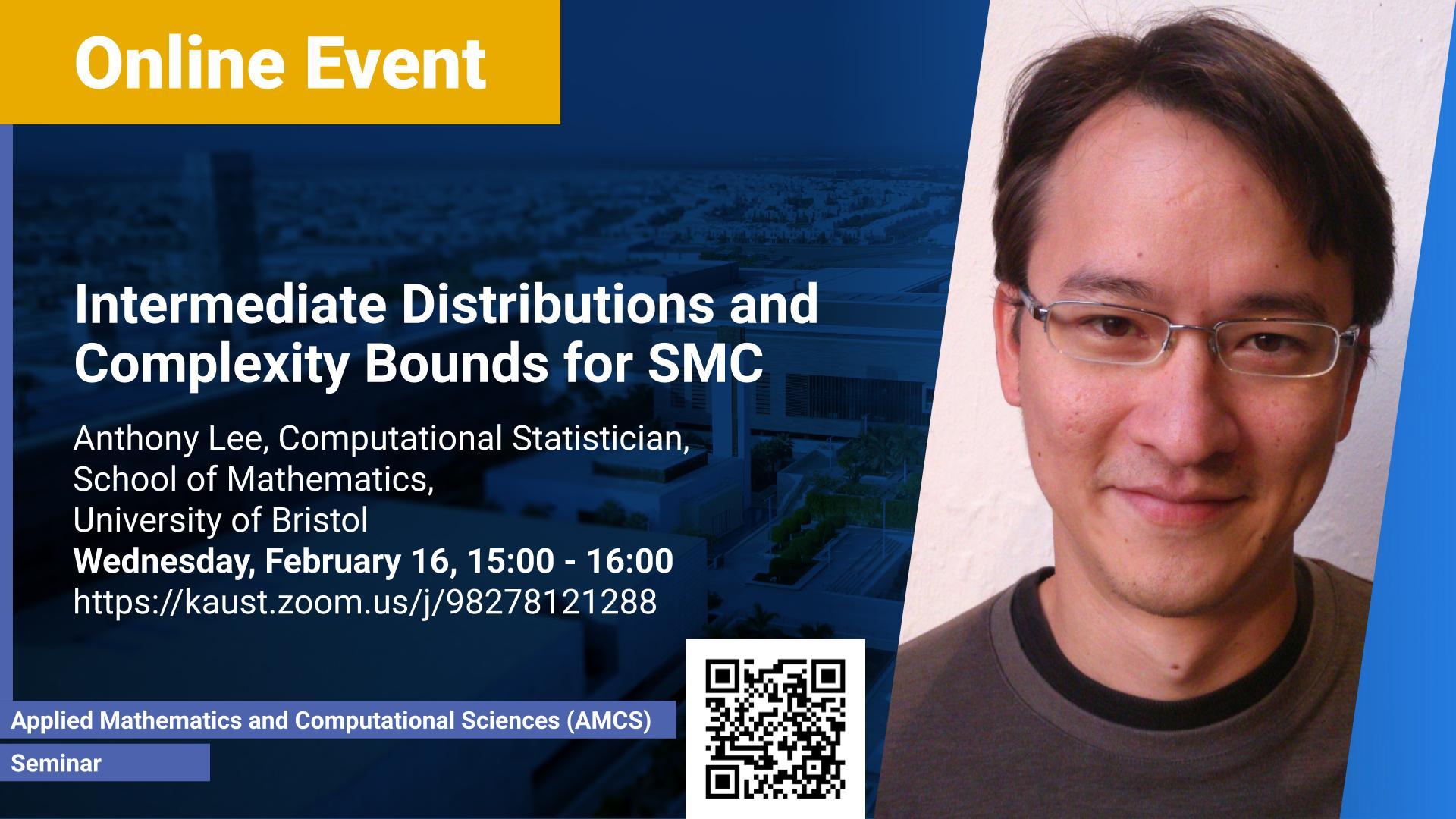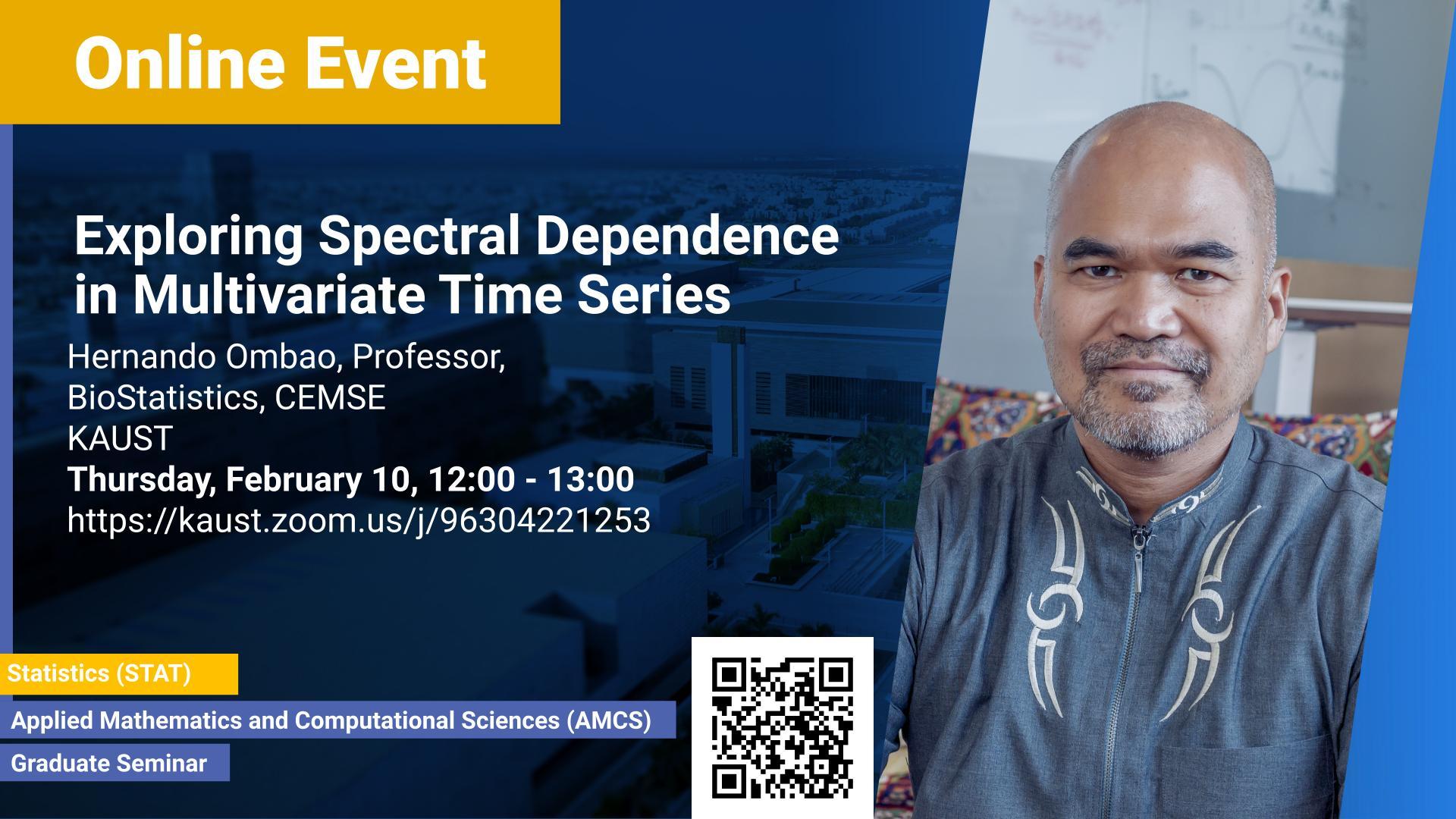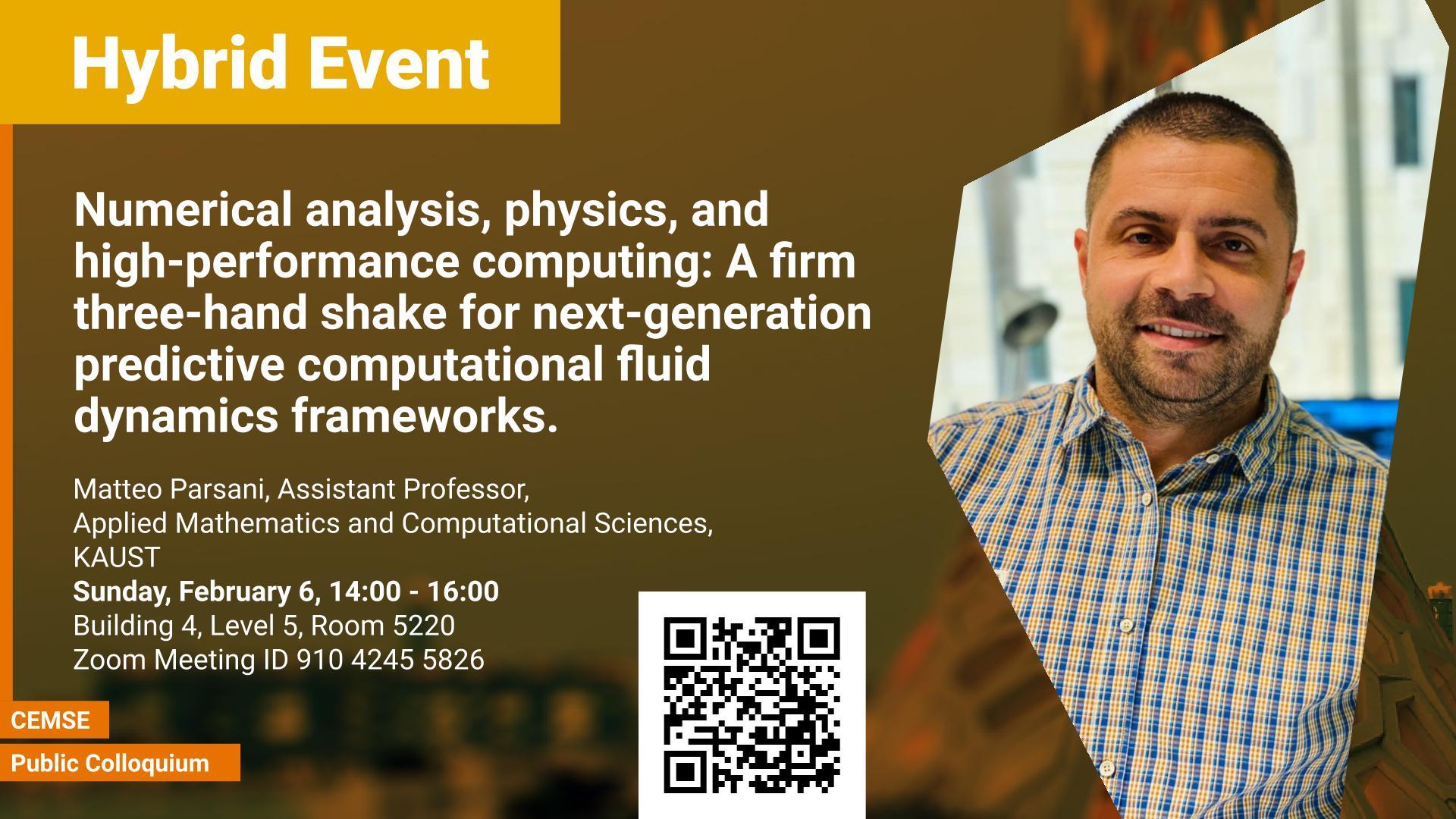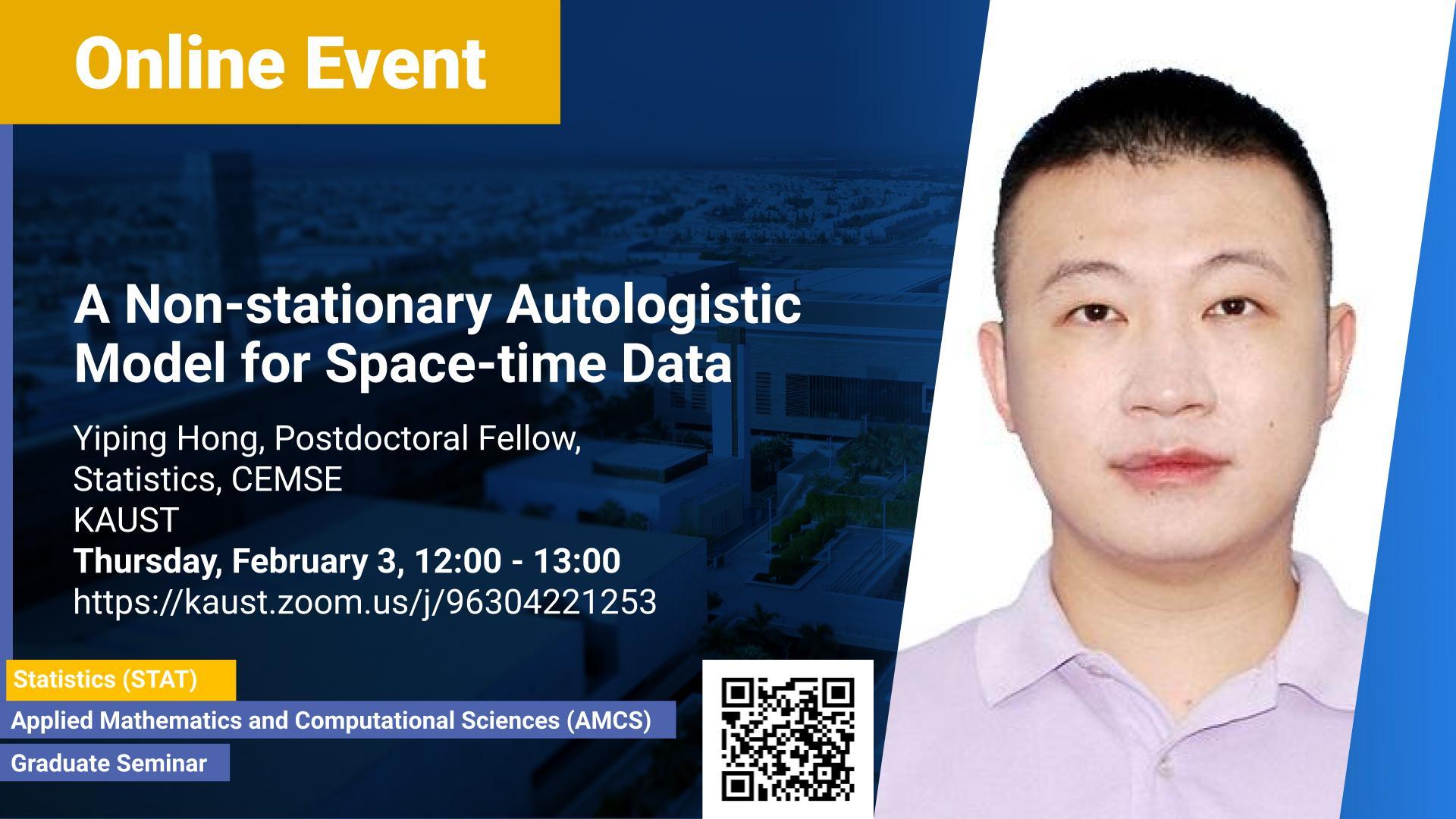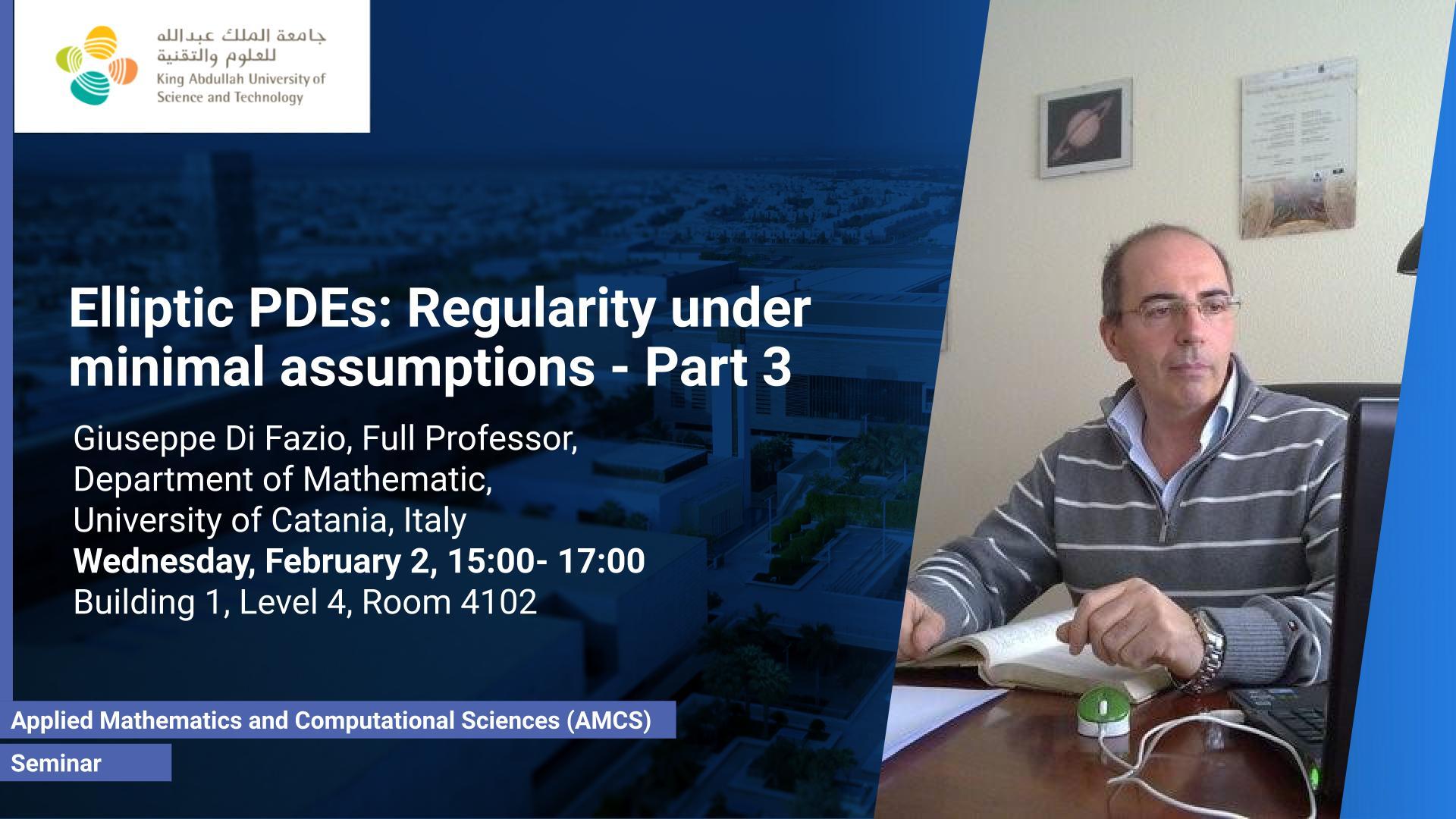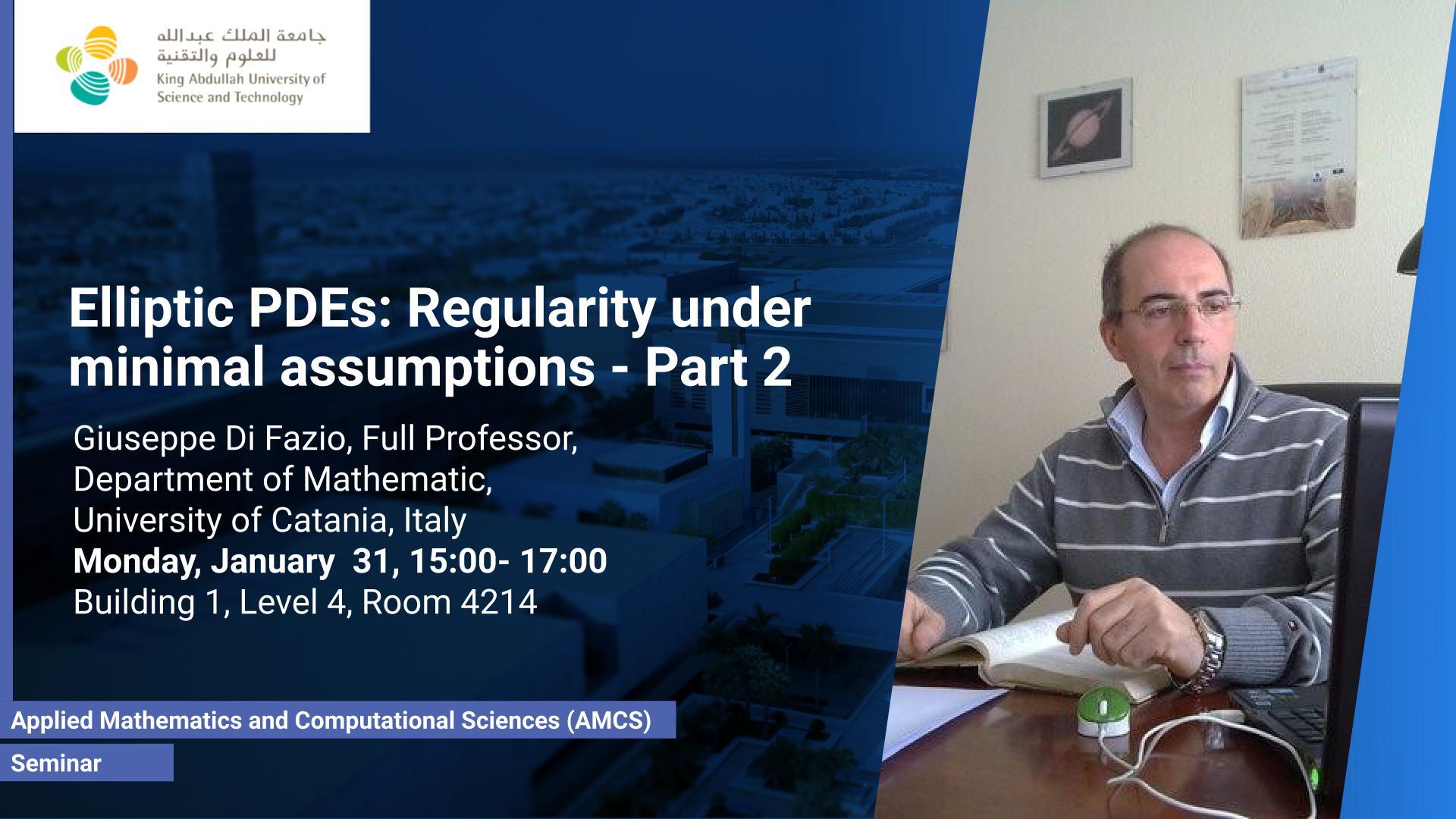Matteo Parsani, David Keyes, Rasha Al Jahdali, Lisandro Dalcin, Bilel Hadri, Hong Im, Ravi Samtaney, Gabriel Wittum
Monday, March 28, 2022, 08:30
- 17:00
Campus Library Seaside; virtual (please click the registration link at the bottom)
We are excited to announce the KAUST Research Conference on Flow simulation at the exascale: Opportunities, challenges, and its application in the industry, which will be held on March 28 – March 30, 2022 (#ExaCFDKAUST). The conference aims to bring together experts in flow simulation, computational mathematics, and high-performance computing. The goal is to define a research agenda and path forward that will enable scientists and engineers to continually leverage, engage, and direct advances in computational systems on the path to exascale computing and beyond. The conference will give space for presentations and discussions of computational fluid dynamics. As part of this event, we are accepting poster abstract submissions. The poster should present high-quality research contributions describing original and unpublished results of conceptual, constructive, empirical, experimental, or theoretical work in all areas of Computational Fluid Dynamics. For more information please visit the conference website.


